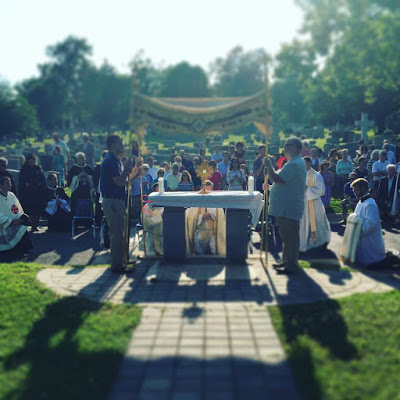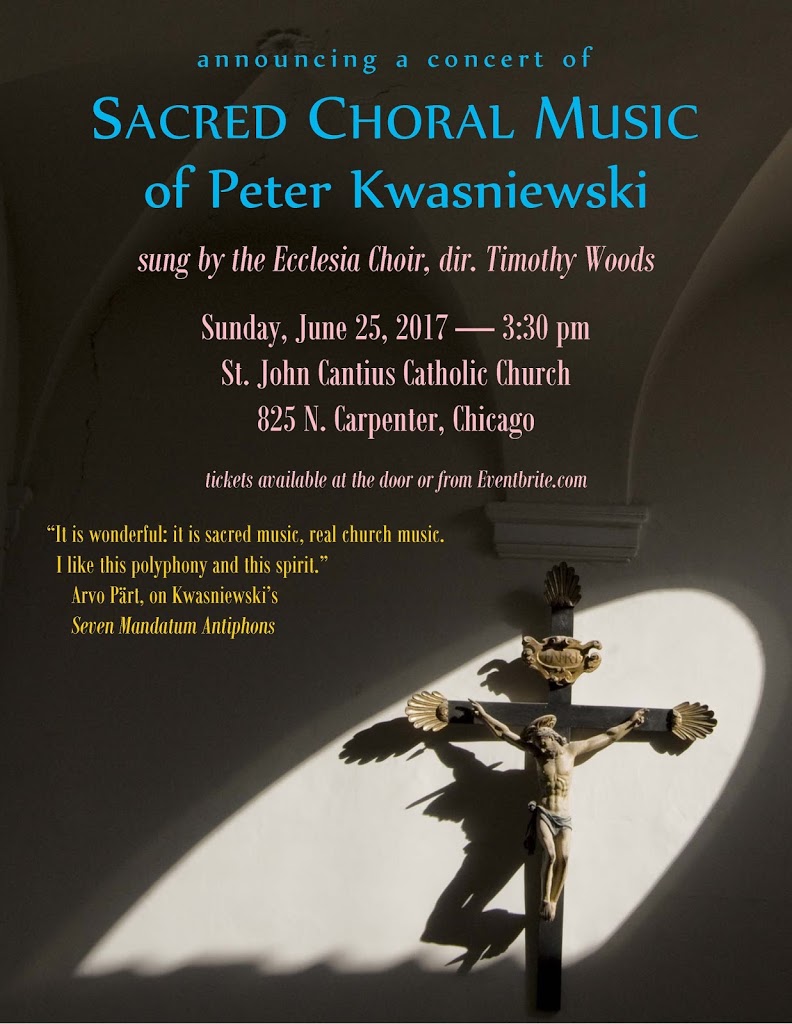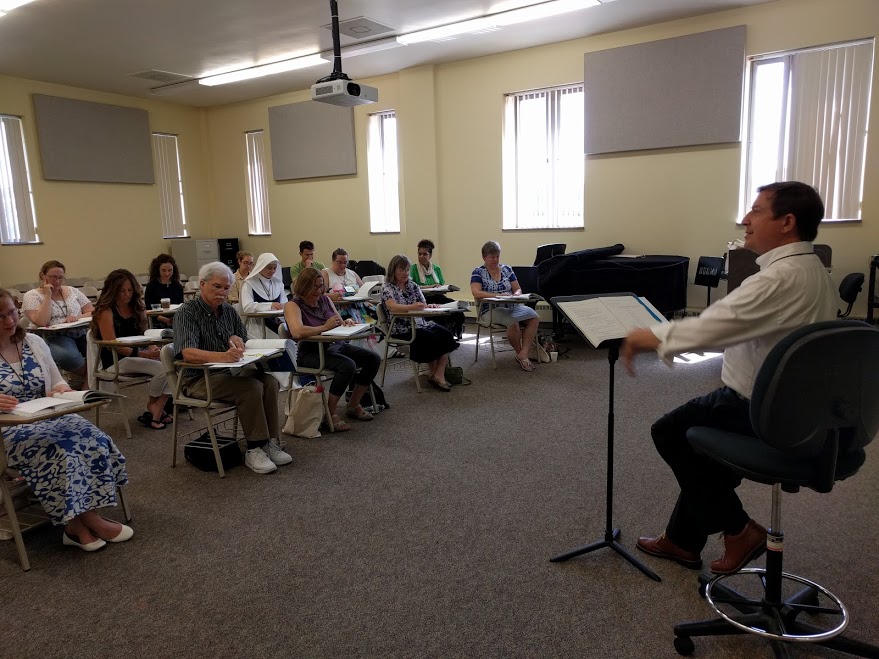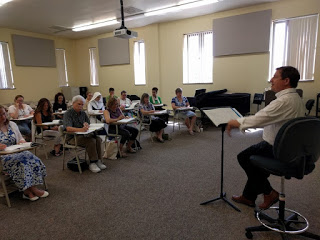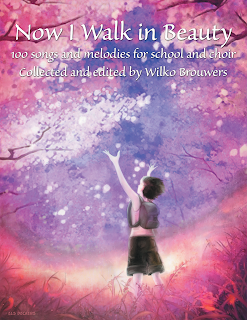[Organist Randolph Nichols brings to our notice a once-famous work by painter Henry Lerolle (1848–1929).]
As some of my local colleagues know, besides being an organist and chant enthusiast I’m also a painter, a passion inherited from my mother. Sometimes those interests converge, as is the case in my admiration for Henry Lerolle’s The Organ Rehearsal, an oil on canvas painting dating from 1885 in the collection of the Metropolitan Museum of Art in New York City.
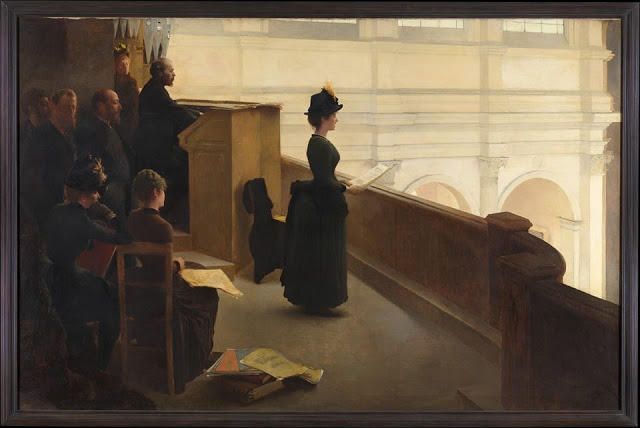
Having spent so much of my life in church lofts, it’s natural I would have a strong connection to this painting. With the exception of the fashion in women’s clothing, nothing much seems to have changed since 1885. Besides the artist’s deft drawing skills, solid use of perspective lines and division of the painting into dramatic value contrasts, I am drawn to the artist’s rendering of the dust covered floor (lofts are always the last place in a church to be swept), the blurring of the soloist’s feet and soft edges of her face (devices to integrate the figure into the scene so as to avoid a “pasted on” look), and the intentional omission of an organ music stand (a vertical shape at that juncture in the composition would be disruptive).
The rehearsal takes place in the choir loft of Lerolle’s parish church, Saint-François-Xavier in Paris, and features members of the artist’s family: his wife (seated to the left with gloved hand to cheek), his mother (standing behind the unidentified organist), his wife’s sisters, one seated in front (scandalously bareheaded and the wife of composer Ernest Chausson) and the soloist (the focal point of the painting). The painter himself, second from left, gazes vacantly to the side while the man standing to his left is thought to be Chausson. The young male figure behind the painter has not been positively identified.
While Lerolle was friend and patron to fellow artists such as Degas and Renoir (the latter painted several portraits of Lerolle’s daughters and of Lerolle himself), he was also a violinist and composer whose home was a meeting place for musicians that included d’Indy, Debussy and Dukas. (Debussy dedicated several piano works to Lerolle’s daughter Yvonne, including three of the Images.) It is not surprising then that a music rehearsal scene would be a subject of interest to the painter.
Within eleven years from its creation The Organ Rehearsal had become a picture held in high regard. Yet by 1928, it was relegated to the bowels of the Metropolitan and only re-discovered, cleaned, repaired and brought out of storage in 2007 and 2008.
If you would like more detailed information about the history and restoration of Lerolle’s most famous painting, I highly recommend this 30 minute lecture by Isabelle Duvernois of the Paintings Conservation department at the Metropolitan Museum of Art. Enjoy!
https://www.youtube.com/watch?v=lSGxgHXfElE

